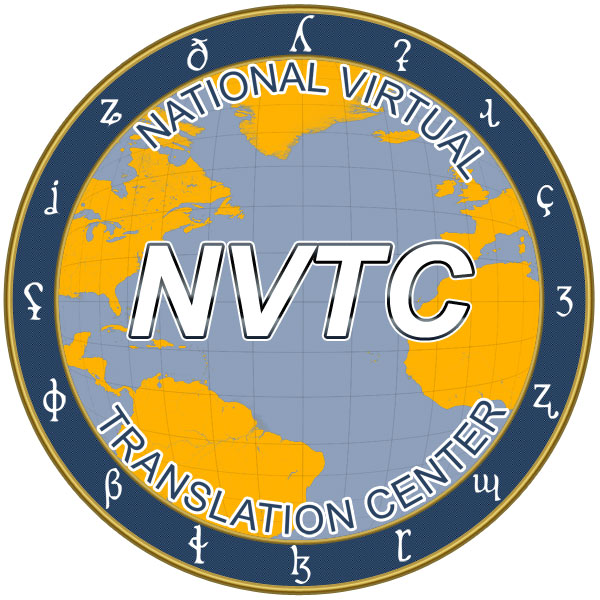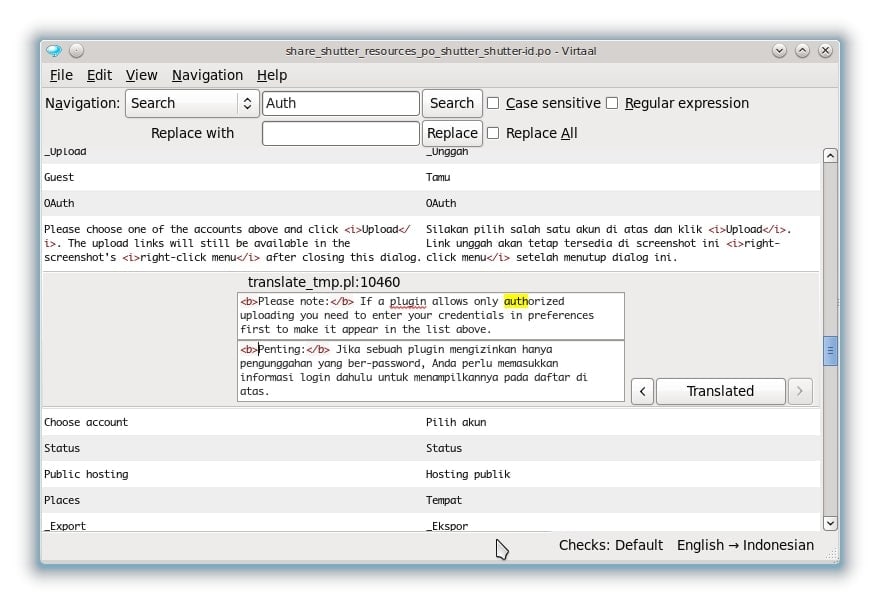

Accessibility considerations when developing disaster related materials may include the presentation of information in different alternative formats (e.g. Producing information on disaster preparedness, response and recovery with accessibility and cultural and linguistic diversity in mind can help reduce the vulnerability usually associated to these individuals, as well as potentially benefit both the general population and the international humanitarian community. Non-inclusiveness in planning tends to prevent people with temporary and permanent disabilities, as well as linguistically diverse communities, from "standard" recue and relief responses, which not only goes against universal human rights but may amplify the crisis into cascading effects. In the wake of a disaster, failures in various systems are bound to cause temporary impairments and exacerbate permanent ones. Information and communication systems and technologies are critical infrastructures within today’s global society, and ensuring multilingual accessibility to them for all is paramount in cross-border and inter-cultural emergency prevention, response and harm mitigation. Finally, we present an analytical and pragmatic approach to explore this transferability challenge, which includes the study of the techniques proposed by the W3C to help web developers fulfil a set of success criteria that are included in the latest Web Content Accessibility Guidelines (WCAG) 2.1, in relation to their possible integration in localization and internationalization standards. In particular, we analyze how the use of current localization and internationalization data exchange standards is connected to this notion of transfer, and how those standards may be capable of transferring accessibility qualities or information, or supporting localizers in their task. This paper provides a comprehensive insight of the connections between these two fields and concepts and, above all, it discusses the possibility of transferring accessibility throughout the localization process.

In recent years, translation and localization studies have started to include accessibility, and web accessibility in particular, as one of the key aspects to take into consideration when adapting a web product to another language and culture (web localization).


 0 kommentar(er)
0 kommentar(er)
